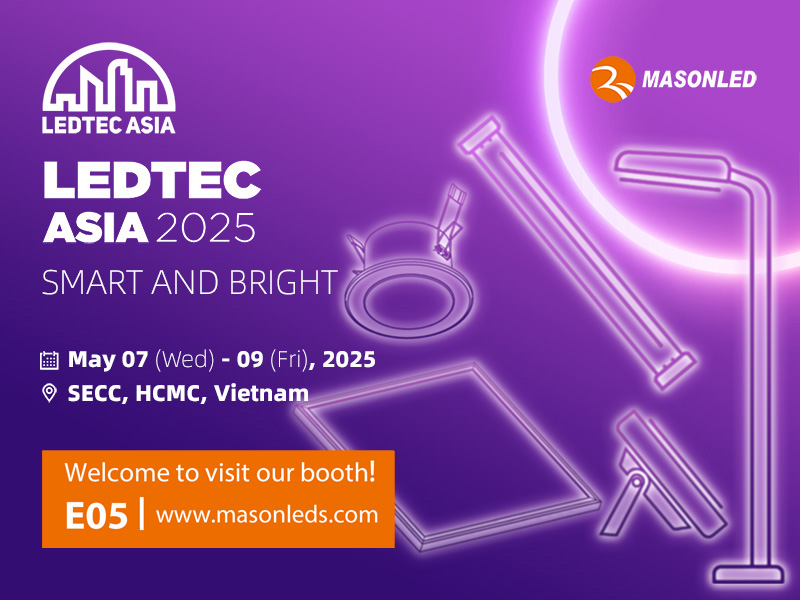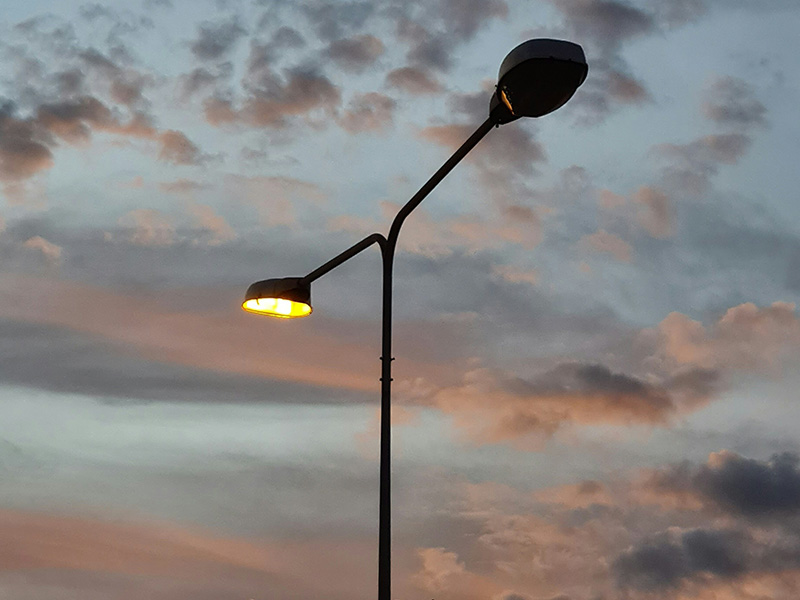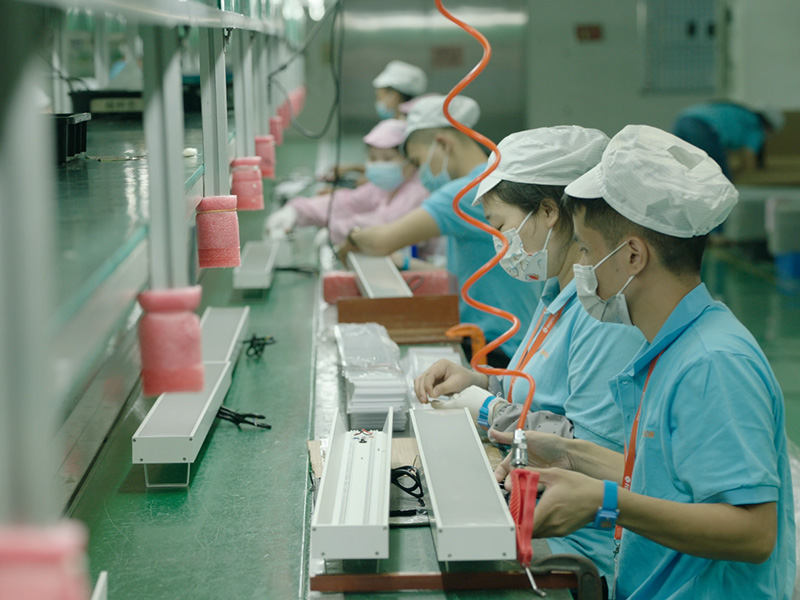Lighting Technology: The Rise of LEDs
Modern lights have increasingly adopted LED technology, driven by its impressive efficiency and durability. The shift to LED lighting has been fueled by LEDs’ superior conversion efficiency from electrical to optical power and their extended lifespan. Phosphor-converted LEDs offer a luminous efficacy potential of 255 lm/W and practical efficacy nearing 200 lm/W, significantly outperforming traditional halogen, fluorescent, and metal halide lamps. When operated under optimal thermal and electrical conditions, LEDs can achieve an L70 life of up to 200,000 hours, representing a substantial leap in performance and reliability.
Key Principles of LED Technology:
Injection Electroluminescence:
LEDs function based on injection electroluminescence in semiconductor devices. When a forward bias is applied across the n-doped and p-doped layers of the diode, carrier electrons from the n-doped layer recombine with holes from the p-doped layer in the active region. This radiative recombination releases energy in the form of photons (light). This mechanism produces narrow-band emission, resulting in specific colors such as red, blue, green, or violet.
Material Choice:
Indium gallium nitride (InGaN), a direct bandgap semiconductor, is commonly used for manufacturing high-efficiency LED chips. InGaN-based blue or violet LEDs, due to their narrow spectral distribution, require wavelength converters to broaden their emission profile. This conversion process produces white light, which is perceived as white by the human eye. Phosphor-converted blue InGaN LEDs, often called blue pump LEDs, achieve high efficacy by combining narrow-wavelength light with phosphors of varying compositions to generate different spectral qualities of white light.
Spectral Power Distribution (SPD):
The ability to tailor the spectral power distribution (SPD) of LED light is a major advantage. SPD describes the amount of radiant energy emitted at each wavelength, affecting color rendering and appearance. LEDs offer flexibility in adjusting SPD, allowing downlights to produce light with color rendering performance comparable to incandescent bulbs and even natural daylight at various correlated color temperatures (CCT). This adaptability is crucial for interior lighting applications, as it influences how objects and environments are perceived.
Reduced UV and IR Emissions:
LEDs have a notable advantage in that they produce negligible ultraviolet (UV) radiation (<5 µW/lm) and no infrared (IR) radiation. UV and IR emissions can be damaging to light-sensitive materials, including museum artifacts, retail merchandise, and grocery produce. By minimizing these emissions, LEDs help preserve the integrity of sensitive items and improve the overall quality of lighting in various settings.
In summary, the advancement in LED technology provides highly efficient, durable, and customizable lighting solutions. Their ability to produce high-quality light with minimal UV and IR emissions makes them ideal for a wide range of applications, enhancing both functionality and preservation.





